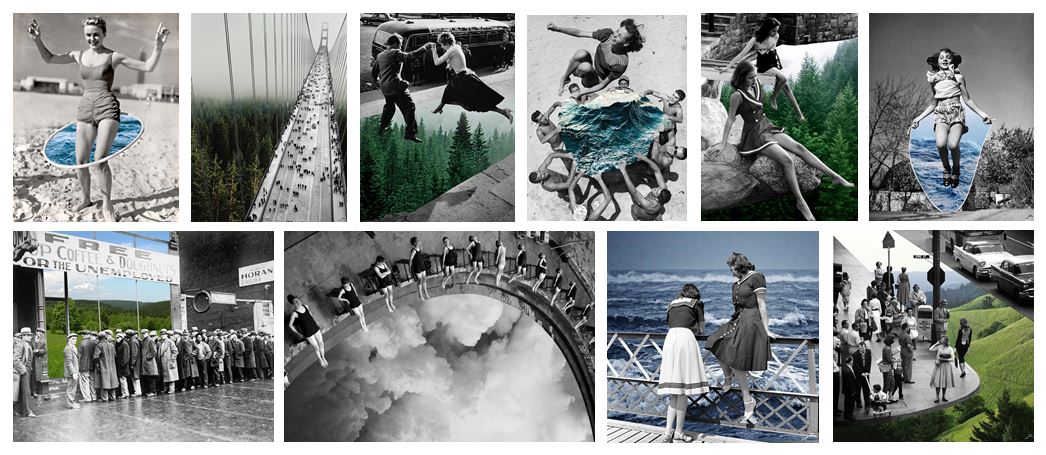
Merve Born in Istanbul, Turkey and graduated from Mimar Sinan Fine Arts University as an ceramic artist in 2010. She is a ceramics jewellery artist but is most popularly known for her series “natural act” which is a group of collages based on the questions of the relation between nature and the humanity. The main feature of this series is the unexpected use of selective colouring of black and white vintage photographs and new coloured photographs which creates a parallel meaning to the original storyline of the photograph. She spends a lot of time looking for the perfect vintage photo to manipulate, when she finds one she instantly starts thinking of how it could be manipulated in her head.
Technical: This image is made up from two photographs, one of a cliff edge with rough water at the bottom stretching out to sea. the second photo is of the edge of an old building. Both of the images were taken using natural lighting which was probably not with direct sun light due to the lack of harsh shadows. both of the photographs have a large depth of field because they are both landscapes. we know they were both taken with a fast shutter speed due to how sharp the images are, the waves would also be blurred if it was a longer shutter speed.
Visual: The main image of the building is in black and white and has a high contrast, the sky in the background is white washed which helps the texture of the building stand out. There is no other distraction in the background which helps the building stand out and take more of our focus. The photo of the sea has been edited with a filter which gives it a blue tint and enhances the shadows giving the image more texture. The image of the sea has been cut out and placed perfectly over the edge of the building to look as if the picture is on the wall in real life. the photo has also been taken from a low angle making us feel we are looking up at the wall. although we know that the image has been manipulated it creates a sense of fantasy by combining two polar opposites.
Conceptual: this image is made out of two completely separate photography, the black and white image is one the artist found and did not take herself. Like the rest of her work she combines old photos with knew ones, this old photo acts like a canvas for the new image. The coloured photo represents nature and contrasts with the urban black and white image to show a visual representation of how diverse landscapes and out surroundings can look.














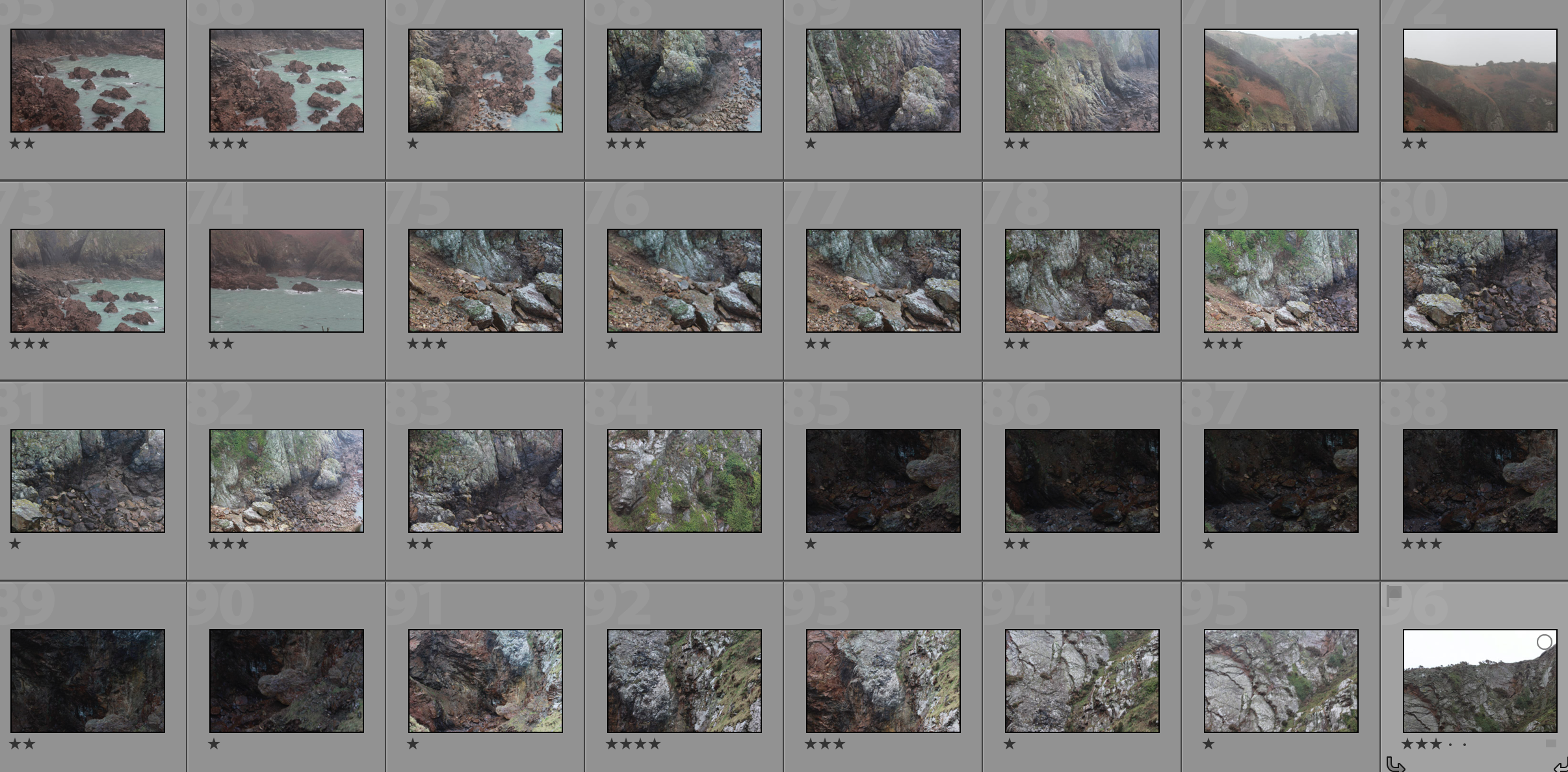
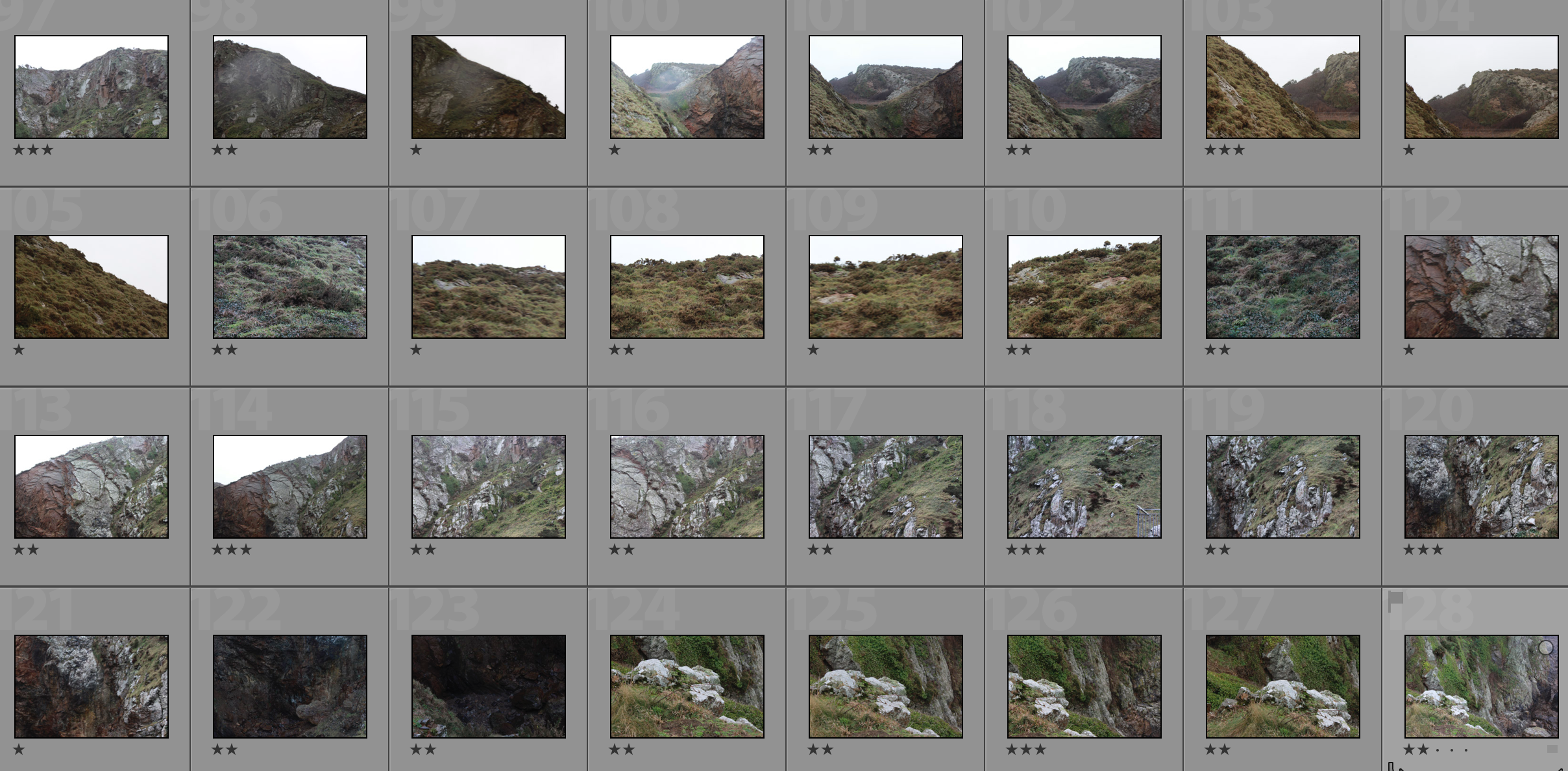

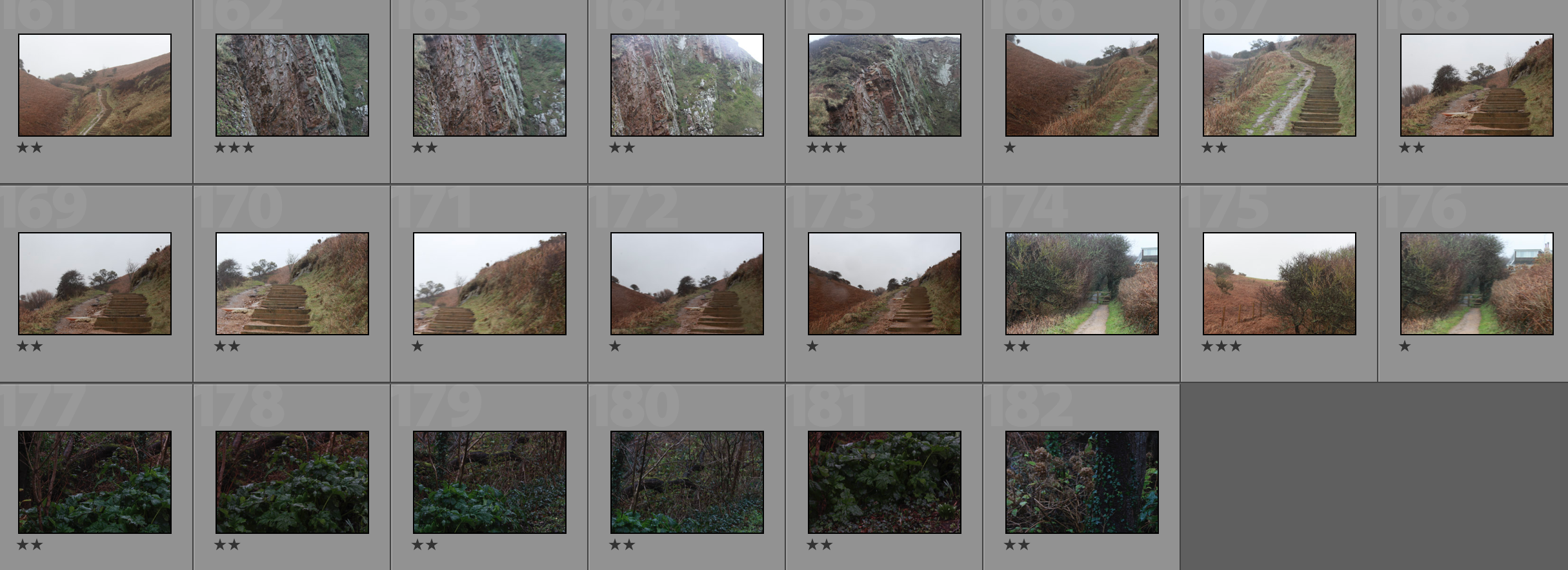
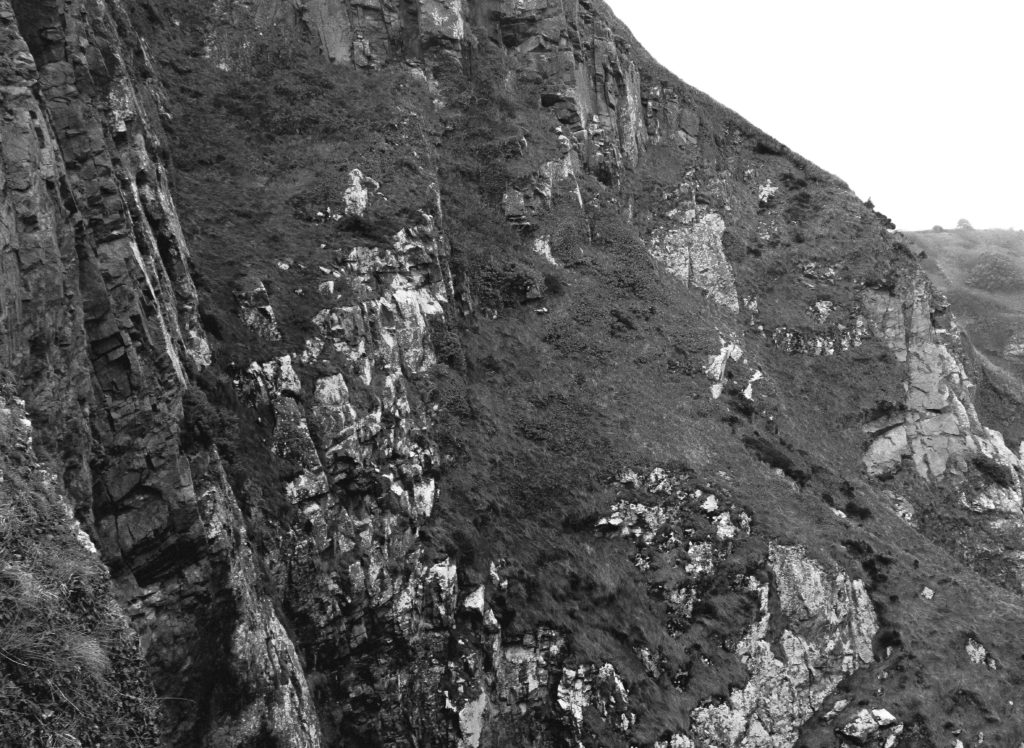
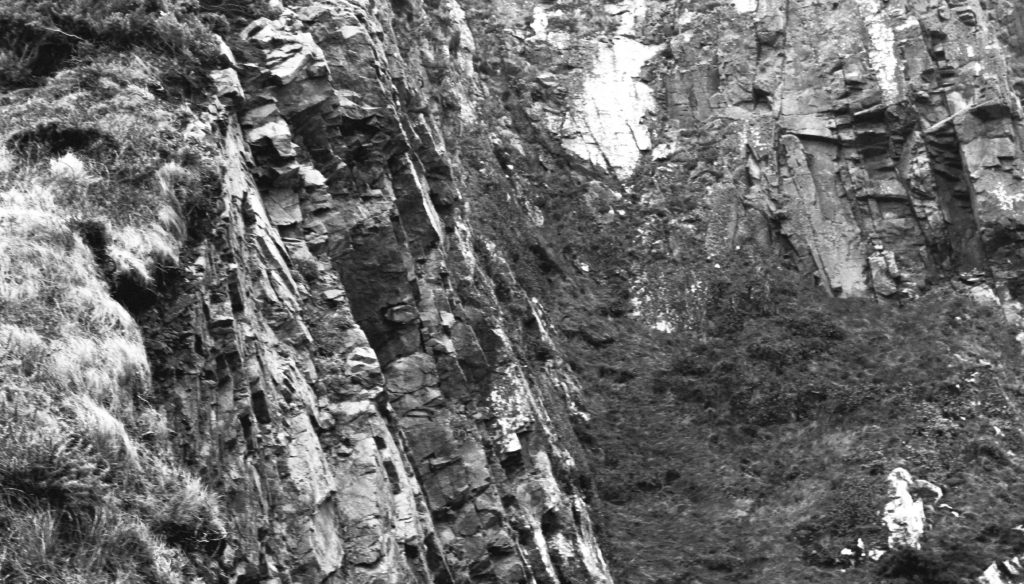
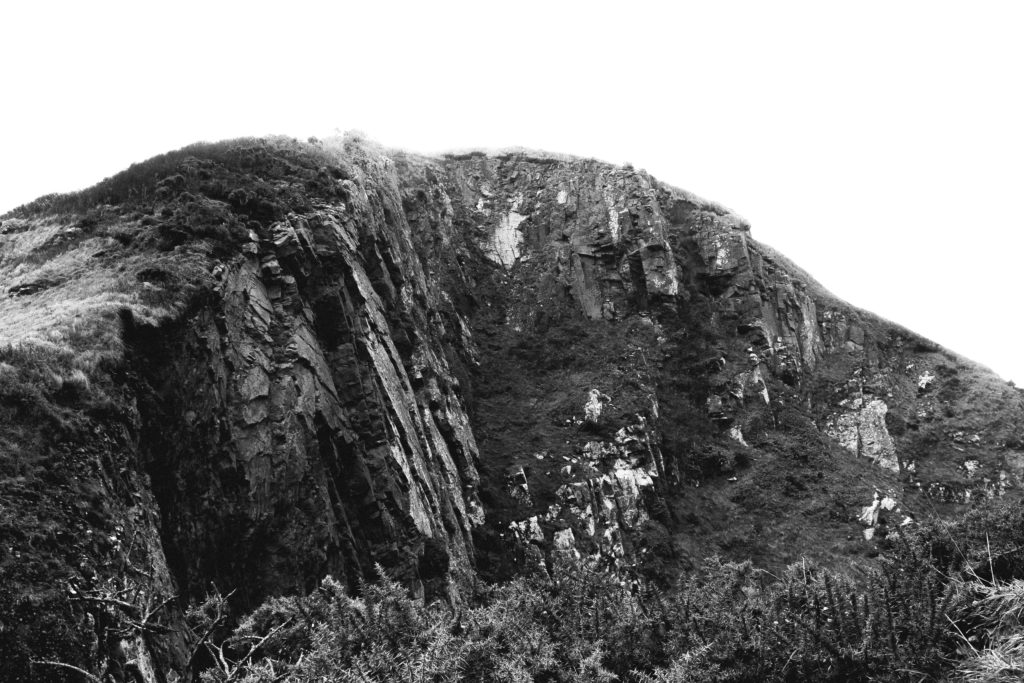
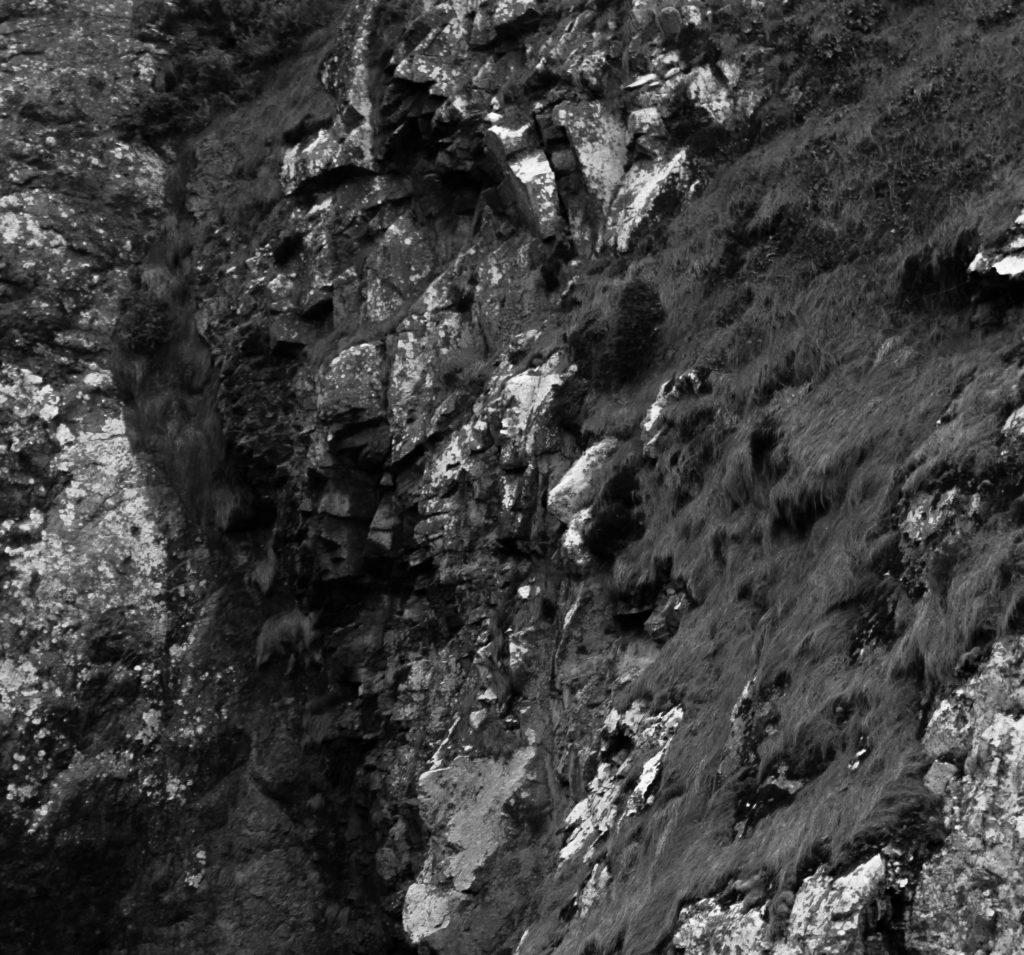
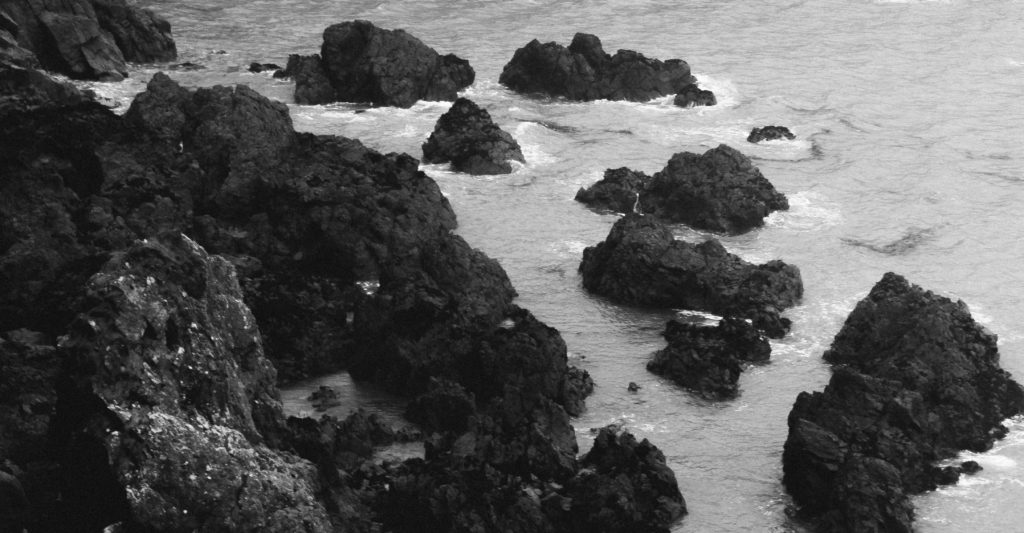
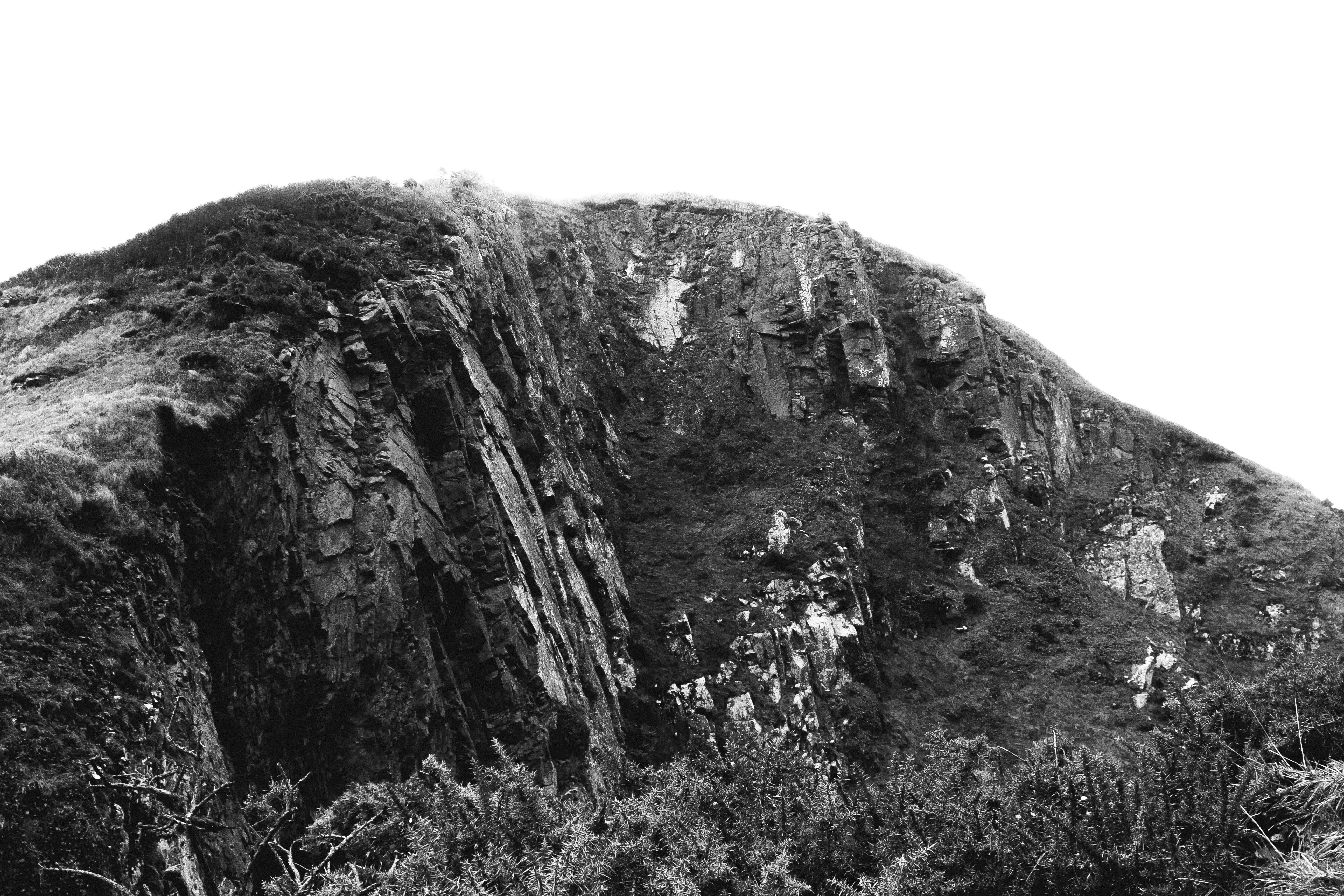

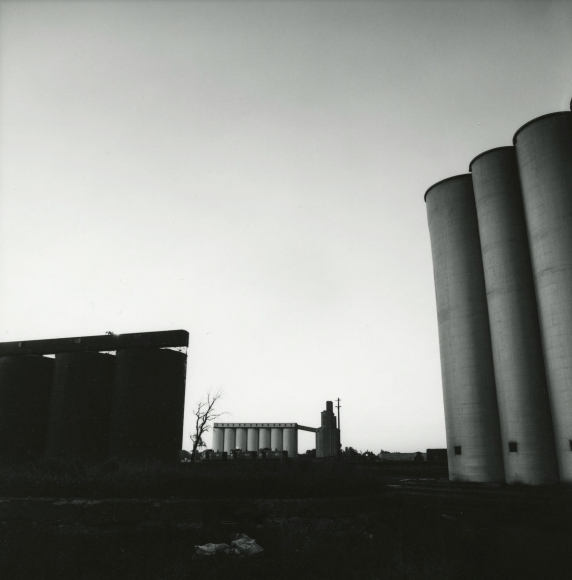
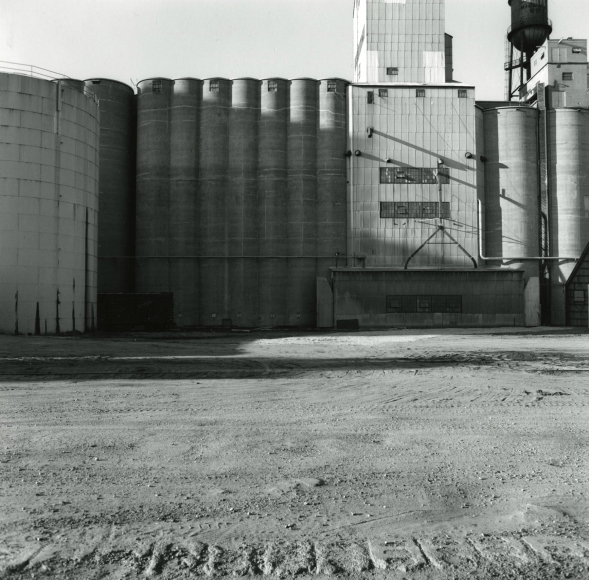
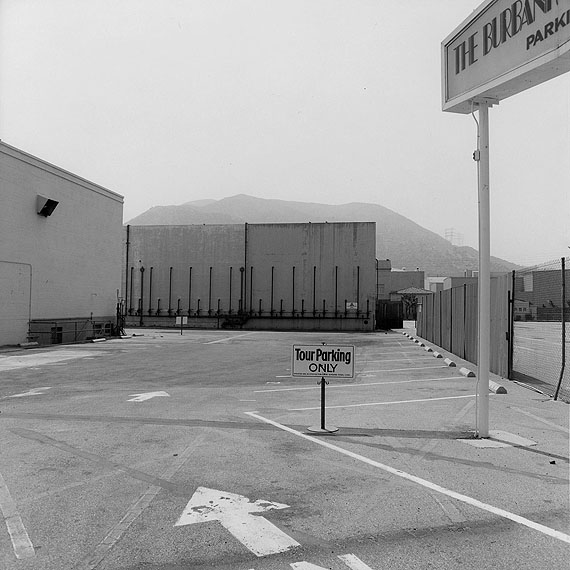
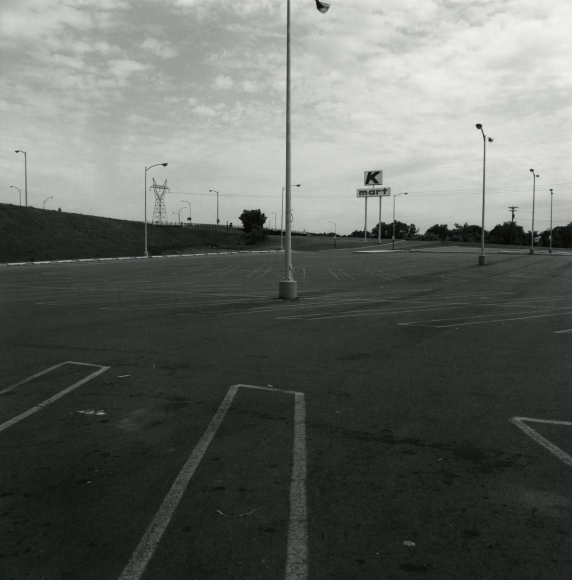 His monographs include Landscapes from the Middle of the World: Photographs 1972 – 1987 (1988); Measure of Emptiness: Grain Elevators in the American Landscape (1992); The Sudbury River: A Celebration (1993); and Mount St. Helens (2005).
His monographs include Landscapes from the Middle of the World: Photographs 1972 – 1987 (1988); Measure of Emptiness: Grain Elevators in the American Landscape (1992); The Sudbury River: A Celebration (1993); and Mount St. Helens (2005).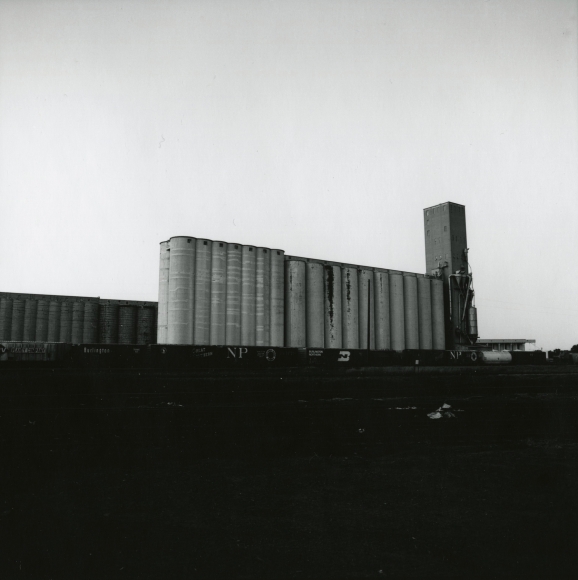
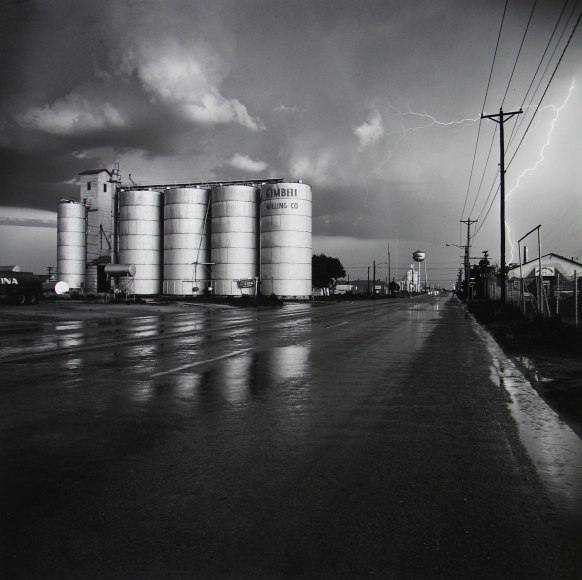
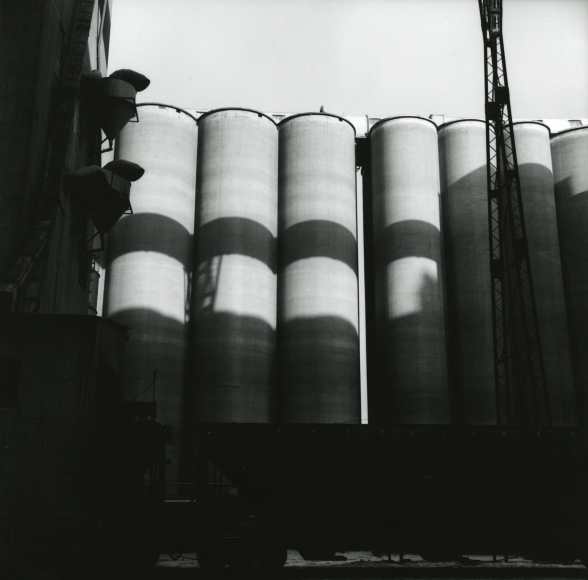 Frank captures the shadows that are cast on the grain elevators by natural light. He positions himself so as to capture them through the other structures behind him.
Frank captures the shadows that are cast on the grain elevators by natural light. He positions himself so as to capture them through the other structures behind him.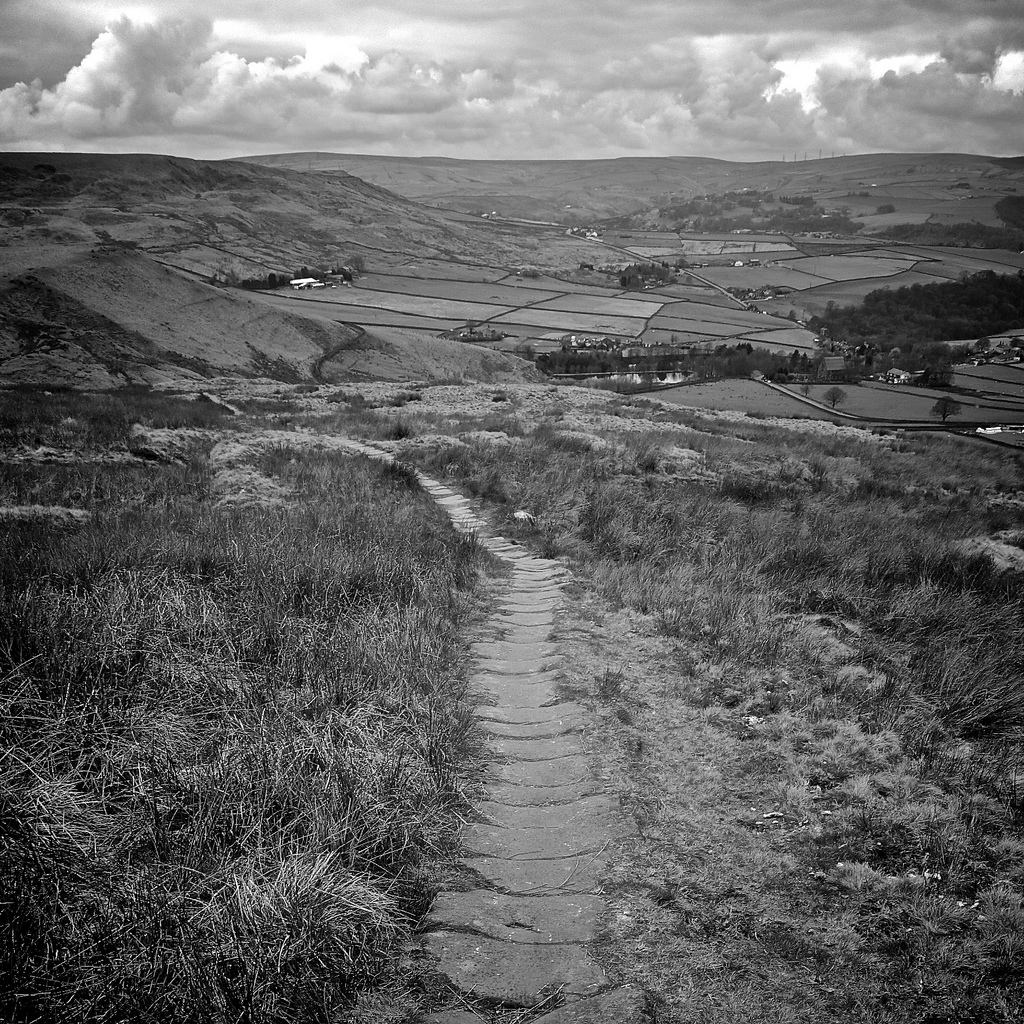

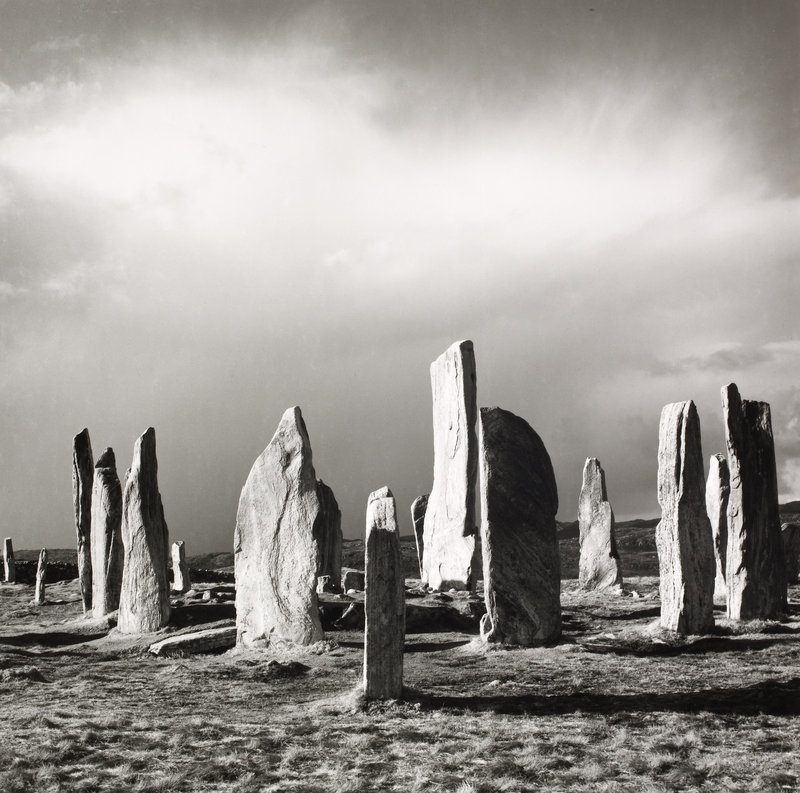
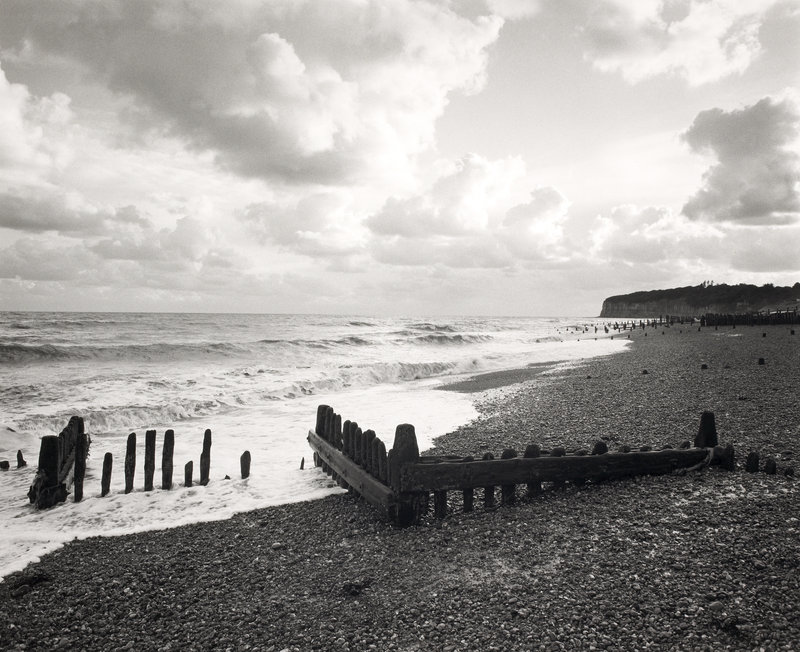

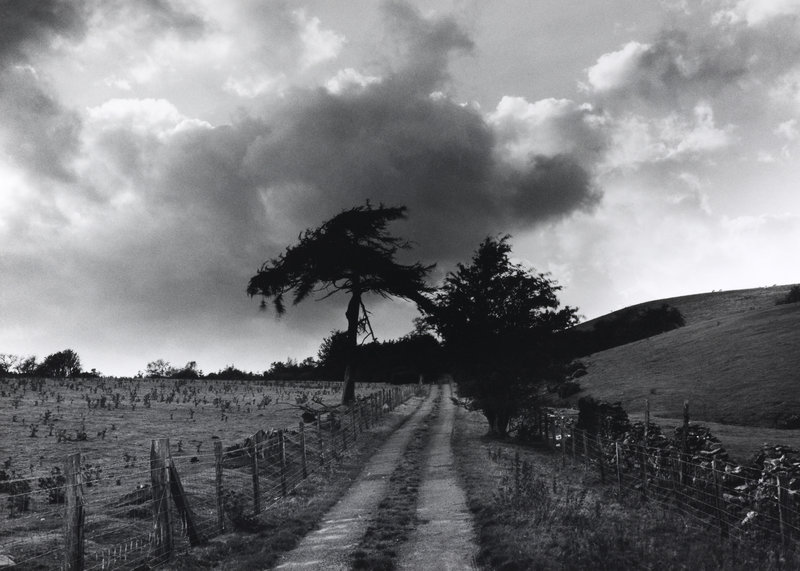


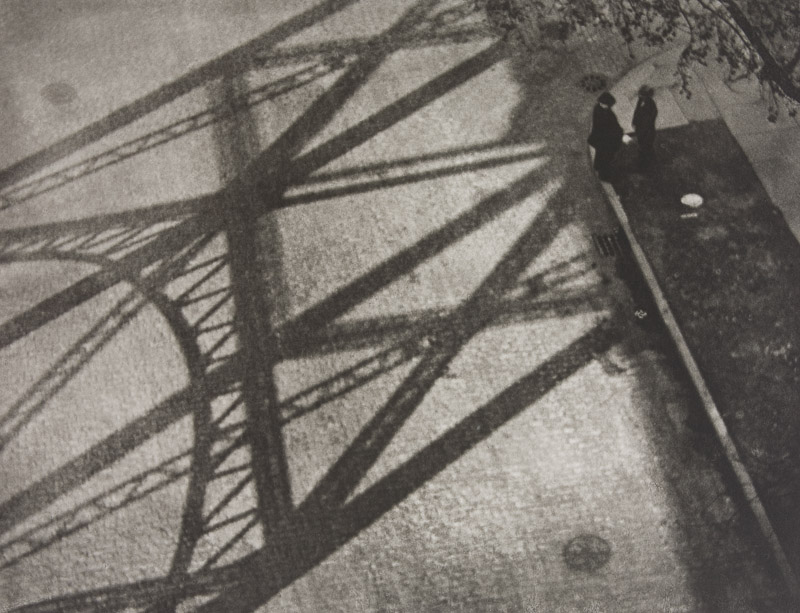
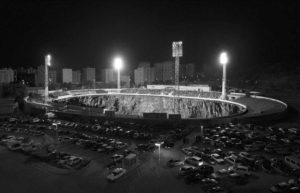
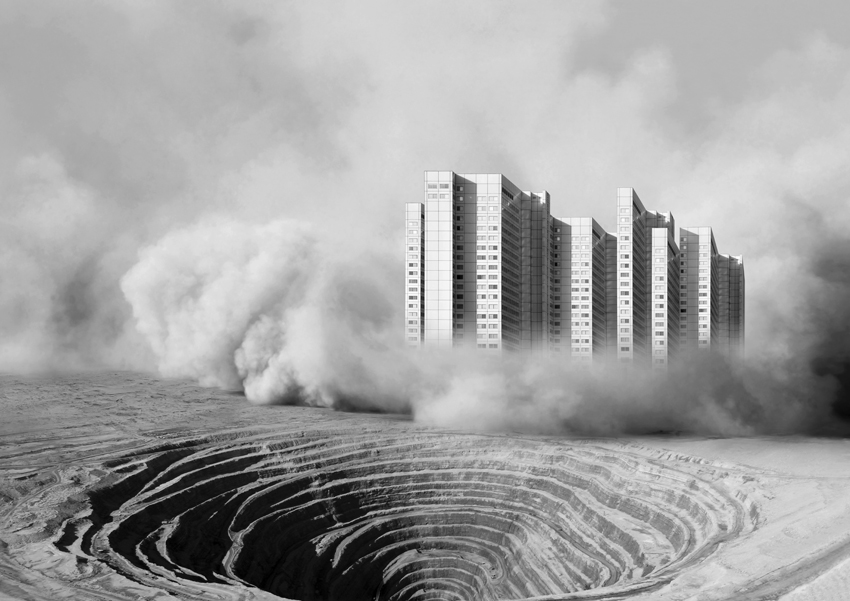










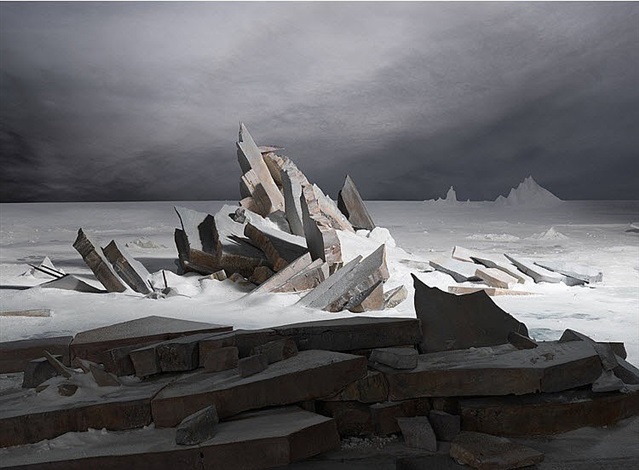
 Lewis Baltz was a visual artist and photographer who was a significant figure in the new topographics movement. His work has appeared in museums, exhibitions and has been published in books.
Technical - The choice of black and white is repeated throughout this movement, it creates depth in the photograph as it has reduced the colours to shades which changes the direction of focus onto the tones in the photograph. The high resolution and natural daylight captures every detail in a bland scene and exaggerates the dullness and precise form of man made structures.
Visual - The photographs serves an aesthetic quality through the minimal shapes and lack of subjects which allows the viewer to concentrate on the straight and rigid lines that contrast with broken and curved wires. Black and white adds to the minimal theme with basic shades.
Conceptual - The photo reflects the movement away from natural landscapes with its banal and ugly qualities yet it finds satisfaction through its minimal style. It also highlights the reality of the progress of man, and the destruction of natural landscapes that have been replaced with flat concrete streets and rectangular buildings infested with wires, pipes, plastic and metal. It could be argued that the concept of the photograph is accepting this development of order and convenience.
Photo shoot - When I went out for this photo shoot I stuck to old run down buildings with interesting characteristics, colours and objects within them with rigid lines and edges.
Lewis Baltz was a visual artist and photographer who was a significant figure in the new topographics movement. His work has appeared in museums, exhibitions and has been published in books.
Technical - The choice of black and white is repeated throughout this movement, it creates depth in the photograph as it has reduced the colours to shades which changes the direction of focus onto the tones in the photograph. The high resolution and natural daylight captures every detail in a bland scene and exaggerates the dullness and precise form of man made structures.
Visual - The photographs serves an aesthetic quality through the minimal shapes and lack of subjects which allows the viewer to concentrate on the straight and rigid lines that contrast with broken and curved wires. Black and white adds to the minimal theme with basic shades.
Conceptual - The photo reflects the movement away from natural landscapes with its banal and ugly qualities yet it finds satisfaction through its minimal style. It also highlights the reality of the progress of man, and the destruction of natural landscapes that have been replaced with flat concrete streets and rectangular buildings infested with wires, pipes, plastic and metal. It could be argued that the concept of the photograph is accepting this development of order and convenience.
Photo shoot - When I went out for this photo shoot I stuck to old run down buildings with interesting characteristics, colours and objects within them with rigid lines and edges.
 final images -
final images -


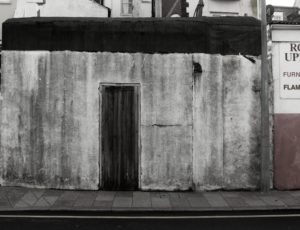
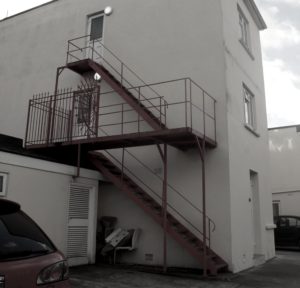

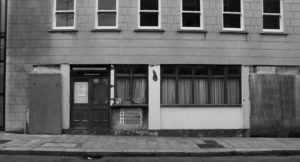 I've chosen pictures that have a lot of simple basic shapes in them, some more than others. Each photo has ugly and banal features, especially in the buildings as they have been stripped and worn down to what this society perceive as ugly. This statement is reinforced in the last image where it has hazard and construction signs, signalling that it has no uses and only dangerous qualities to it. I reduced the colours in each picture, most to just black and white to reinforce the simplicity that the structure of each picture reflects.
I've chosen pictures that have a lot of simple basic shapes in them, some more than others. Each photo has ugly and banal features, especially in the buildings as they have been stripped and worn down to what this society perceive as ugly. This statement is reinforced in the last image where it has hazard and construction signs, signalling that it has no uses and only dangerous qualities to it. I reduced the colours in each picture, most to just black and white to reinforce the simplicity that the structure of each picture reflects. Technical - In the foreground of the image the contrast is high between the dirt and the crops - black and white accentuates this - yet the tonal range is small until the focus is brought to the sky and further hills in the background where lighter and softer tones. The photograph has sharp details - fast shutter speed.
The deep depth of field gives the field a greater distance - the lines of the crops also exaggerate this as some of them fade into the distance.
Visual - Weston has captured what people would have seen as a seemingly mundane scene and has composed a photograph that incorporates pattern, contrast and depth. His approach to taking photographs as he says is 'To make the common place unusual'. The aesthetics of the austere landscape has been brought to a focus through Weston's photographs.
Conceptual - The purpose of Weston's photograph could be to reinforce the beauty in nature and to perhaps conserve the natural landscape through photographs. The subject of a tomato field is also an insight to the natural order man creates in society and life.
Technical - In the foreground of the image the contrast is high between the dirt and the crops - black and white accentuates this - yet the tonal range is small until the focus is brought to the sky and further hills in the background where lighter and softer tones. The photograph has sharp details - fast shutter speed.
The deep depth of field gives the field a greater distance - the lines of the crops also exaggerate this as some of them fade into the distance.
Visual - Weston has captured what people would have seen as a seemingly mundane scene and has composed a photograph that incorporates pattern, contrast and depth. His approach to taking photographs as he says is 'To make the common place unusual'. The aesthetics of the austere landscape has been brought to a focus through Weston's photographs.
Conceptual - The purpose of Weston's photograph could be to reinforce the beauty in nature and to perhaps conserve the natural landscape through photographs. The subject of a tomato field is also an insight to the natural order man creates in society and life.

